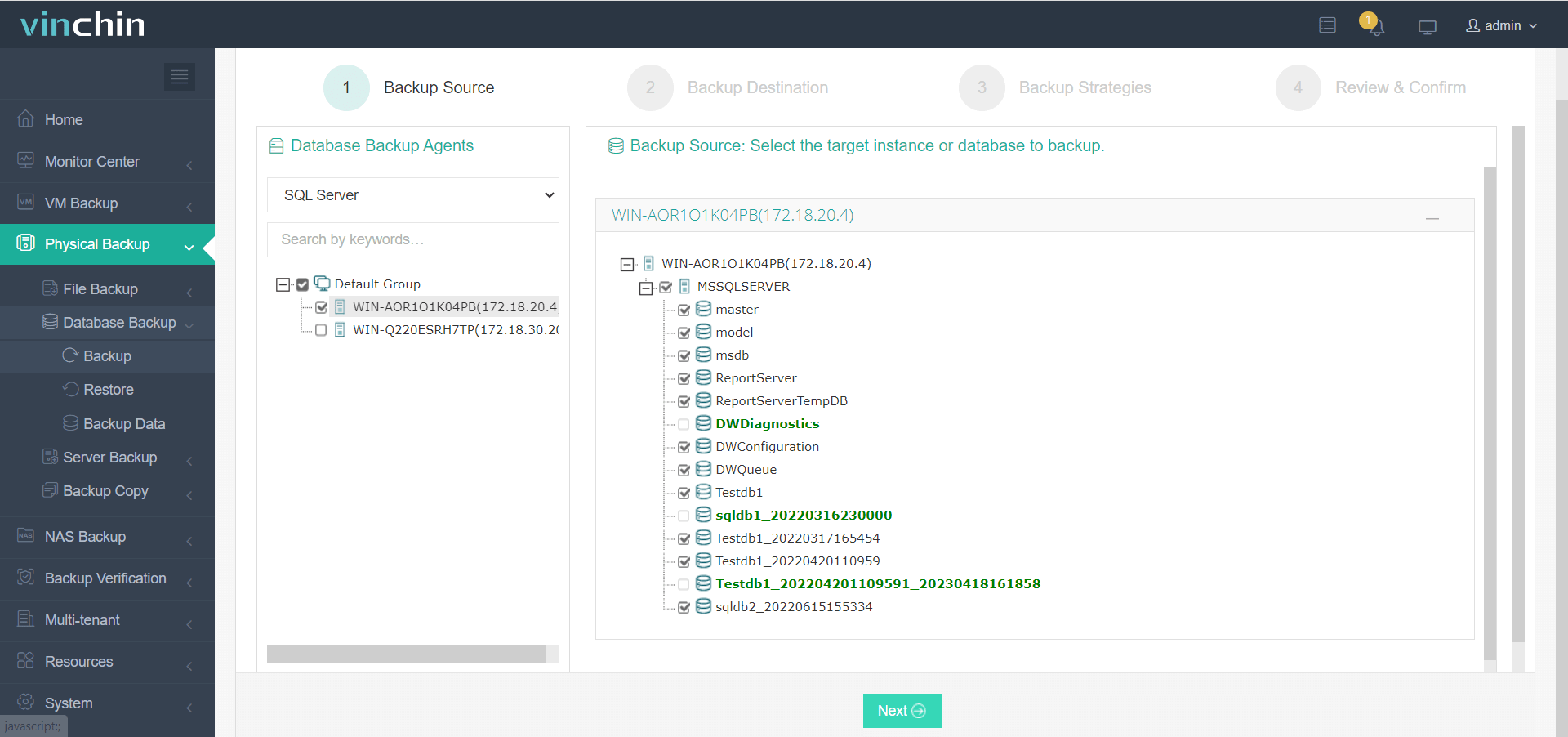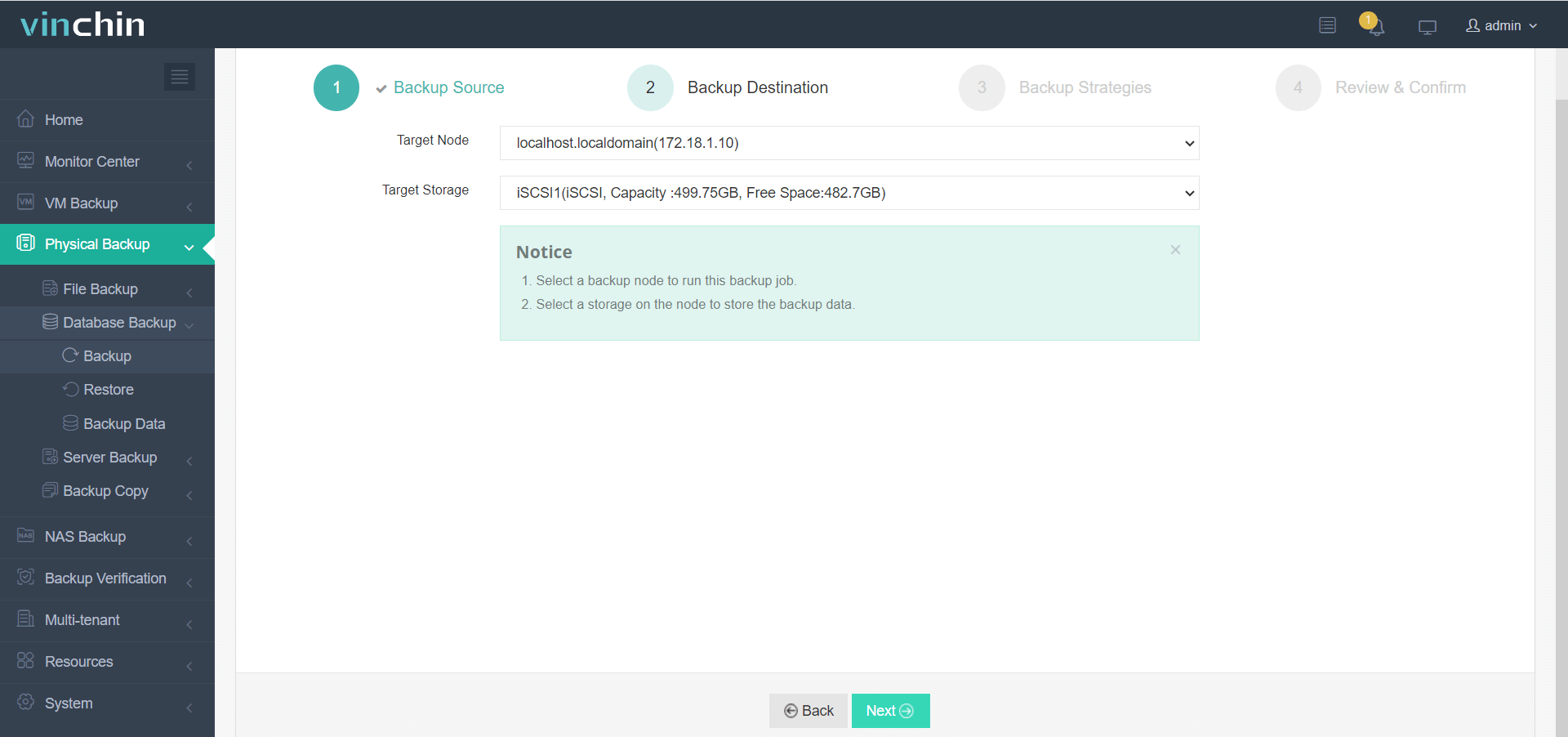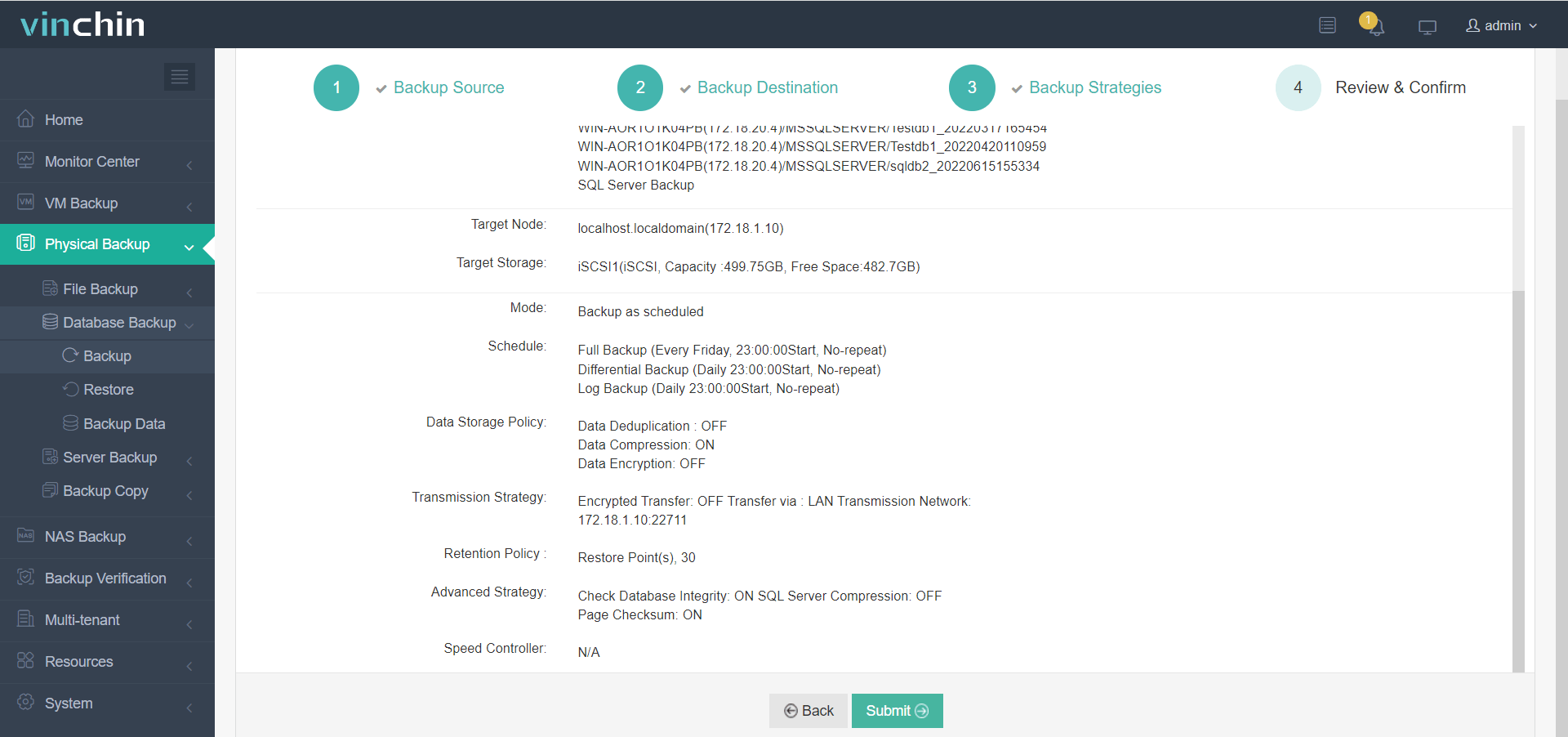-
What Are SQL Server Database Diagrams?
-
How to Create Database Diagrams in SQL Server (Method 1)
-
How to Edit and Manage Database Diagrams in SQL Server (Method 2)
-
How to Protect SQL Server Database with Vinchin
-
SQL Server Database Diagrams FAQs
-
Conclusion
Visualizing your database structure is essential for understanding relationships and planning changes. SQL Server database diagrams offer a built-in way to see tables, columns, and keys at a glance. Whether you’re new to SQL Server or an experienced admin, learning how to use these diagrams can save time and reduce errors.
What Are SQL Server Database Diagrams?
A SQL Server database diagram is a visual map of your tables and their relationships within a database. You can see columns, primary keys, foreign keys, and how tables connect—all in one place. These diagrams are useful for designing new databases or documenting existing ones so you can explain structures to others easily.
When you create your first diagram in a database using SQL Server Management Studio (SSMS), the system automatically creates a special table called sysdiagrams. This table stores all your diagram layouts inside the same user database—not in master or model databases—so you don’t need to manage separate files.
Keep in mind that while these visuals are powerful for mapping out table relationships (entity-relationship modeling), they do not display every object type such as views or stored procedures.
How to Create Database Diagrams in SQL Server (Method 1)
Creating a diagram in SSMS is straightforward but requires proper permissions and setup steps. Let’s break it down so anyone—from beginner to expert—can follow along confidently.
First things first: make sure you have the right access level. Only users with the db_owner role on the target database can create or edit diagrams because this process modifies internal schema objects like sysdiagrams.
Here’s how you get started:
1. Open SQL Server Management Studio and connect to your server instance.
2. In Object Explorer, expand your target database node until you see folders like Tables or Views.
3. Right-click on the folder labeled Database Diagrams under that database node.
4. Select New Database Diagram from the context menu that appears.
5. If prompted about installing required support objects (such as sysdiagrams), click Yes—this step only happens once per database.
6. In the dialog box that opens next, select one or more tables by holding Ctrl or Shift while clicking names; these will appear as boxes on your canvas after clicking Add, then close the selection window when done.
Your chosen tables now display visually as draggable boxes connected by lines representing foreign key relationships.
How to Edit and Manage Database Diagrams in SQL Server (Method 2)
Editing existing diagrams lets teams keep documentation current as schemas evolve over time—a must-have for busy operations environments!
To open an existing diagram:
1. Expand the folder named Database Diagrams under your chosen database in Object Explorer.
2. Double-click any listed diagram name—or right-click it then select Modify from the menu.
Inside this designer window:
Add new tables by right-clicking blank space > choose Add Table
Remove unwanted ones by right-clicking their box > select Remove From Diagram
How to Protect SQL Server Database with Vinchin
After creating clear data visualizations using SQL Server database diagrams, the next critical step is to ensure the long-term protection of both your data and its underlying structure. This is where Vinchin Backup & Recovery stands out—offering a powerful, flexible, and easy-to-manage solution for diverse IT environments.
Vinchin supports over 19 virtualization platforms, including VMware, Hyper-V, and Proxmox, as well as physical servers, multiple databases, and local or cloud-based storage systems, allowing it to integrate seamlessly into even the most complex infrastructures.
When structural redesigns reflected in your ERDs require database or system migration, Vinchin provides highly adaptable V2V, P2V, and cloud migration capabilities. It enables smooth, full-system transfers across supported virtual machines, physical hosts, or cloud environments—without downtime or data loss.
For critical workloads, Vinchin's real-time backup and replication features offer additional recovery points and automated failover, minimizing both RPO (Recovery Point Objective) and RTO (Recovery Time Objective).
To ensure backup integrity, the system performs automatic verification and recoverability testing within isolated environments—so you can always restore your SQL Server confidently when needed.
Its intuitive web-based console features wizard-driven workflows that make it easy for users to configure backup and recovery tasks in just a few steps—no steep learning curve required.
Example: Backing Up a VMware VM
1. Select source SQL Server database(s),

2. Choose target storage location(s),

3. Configure backup strategies,

4. Submit the job.

Vinchin Backup & Recovery includes a 60-day free trial, detailed product documentation, and responsive technical support—making it simple to deploy dependable backup and recovery for your SQL Server environment and beyond.
SQL Server Database Diagrams FAQs
Q1: Can I export my entire ERD as an image file instead of copying it?
A1: No direct export option exists; use Copy Diagram to Clipboard then paste into an image editor like Paint before saving as PNG/JPG.
Q2: What should I do if my sysdiagrams table becomes corrupted?
A2: Restore from recent backup if possible; otherwise delete broken layouts via SSMS interface before recreating clean versions manually.
Q3: Are there limits on how many tables I can add per diagram?
A3: There’s no hard-coded limit but performance drops sharply above 100–150 tables per layout; split large schemas across several focused ERDs.
Conclusion
SQL Server database diagrams simplify understanding complex schemas at every skill level—from first-timers mapping out joins through seasoned admins planning migrations or audits. Keep them current alongside regular backups so nothing gets lost during change cycles! To safeguard both structure and content across hybrid environments seamlessly consider adding Vinchin Backup & Recovery—it’s flexible enough for any architecture while staying easy-to-use day-to-day.
Share on:






